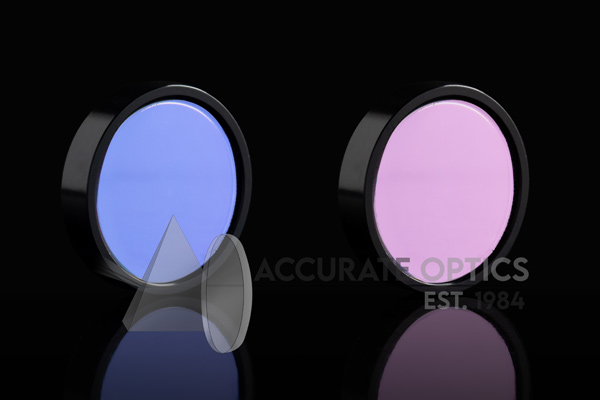Broadband AR Coating for Infrared (IR) Applications
Table of Contents
Infrared (IR) technology plays a vital role in various fields, from military and surveillance to medical imaging and industrial automation. To enhance the efficiency and performance of IR systems, engineers and scientists often turn to Broadband Anti-Reflective (AR) Coatings. In this blog post, we will delve into the world of broadband AR coatings for IR and answer some frequently asked questions to help you understand their significance.
What is Broadband AR Coating for IR?
Broadband AR coating is a thin layer of material applied to optical components, such as lenses or windows, to minimize reflection over a wide range of wavelengths. In the context of IR, it is specifically designed to reduce unwanted reflections in the infrared spectrum. These coatings are crucial for improving the efficiency of IR systems, as they minimize light loss caused by reflections, thereby enhancing image quality and sensitivity.
How Do Broadband AR Coatings Work?
Broadband AR coatings work based on the principle of interference. By carefully choosing the thickness and refractive index of the coating material, engineers can create a coating that cancels out the reflections of specific wavelengths within the IR spectrum. This interference effect minimizes reflection and maximizes transmission, making the optical component more efficient at transmitting IR light.
What Are the Benefits of Broadband AR Coatings for IR?
Broadband AR coatings offer several benefits for IR applications:
– Improved Image Quality: By reducing reflections, these coatings enhance image contrast and clarity in IR imaging systems.
– Enhanced Sensitivity: Minimizing light loss allows for better detection of IR signals, making systems more sensitive.
– Increased Efficiency: Coated components transmit more IR light, which can lead to lower power requirements for IR devices.
– Reduced Ghosting and Flare: Coatings can reduce unwanted artifacts like ghost images and flare caused by reflections in optical systems.
What Are the Key Considerations When Choosing Broadband AR Coatings for IR?
Selecting the right broadband AR coating for IR applications involves considering the following factors:
– Wavelength Range: Ensure the coating is optimized for the specific IR wavelength range of your application.
– Angle of Incidence: Coatings may perform differently at various angles, so consider the angle of incidence in your system.
– Environmental Conditions: Some coatings are better suited for harsh environments or extreme temperatures.
– Substrate Material: The type of substrate material (e.g., silicon, germanium, zinc selenide) can influence coating performance.
Can Broadband AR Coatings Be Customized for Specific Applications?
Yes, broadband AR coatings can be customized to match the exact requirements of your IR application. Coating manufacturers can tailor the design to optimize performance for your specific wavelength range, angle of incidence, and environmental conditions. Customization ensures that your optical components perform optimally in your unique IR system.
How Durable Are Broadband AR Coatings for IR?
The durability of broadband AR coatings depends on the quality of the coating and the environmental conditions in which they are used. High-quality coatings are designed to withstand abrasion, humidity, and temperature variations. However, it’s essential to handle coated optics with care to prevent damage to the delicate coating.
Can Broadband AR Coatings Be Applied Retroactively?
In some cases, broadband AR coatings can be applied to existing optical components, provided that the components can withstand the coating process and have the necessary surface quality. However, it is generally more cost-effective and efficient to apply coatings during the manufacturing process to ensure optimal performance.
Conclusion:
In conclusion, broadband AR coatings are invaluable for improving the efficiency and performance of infrared optical systems. By minimizing reflections, they enhance image quality, sensitivity, and overall system efficiency. Customizable and durable, these coatings are a critical tool for engineers and scientists working with IR technology, enabling advancements in fields ranging from defense to healthcare.
If you have any further questions or would like to learn more about broadband AR coatings for IR applications, please feel free to reach out to us. Our team of experts is here to assist you in achieving the best results for your specific needs.








